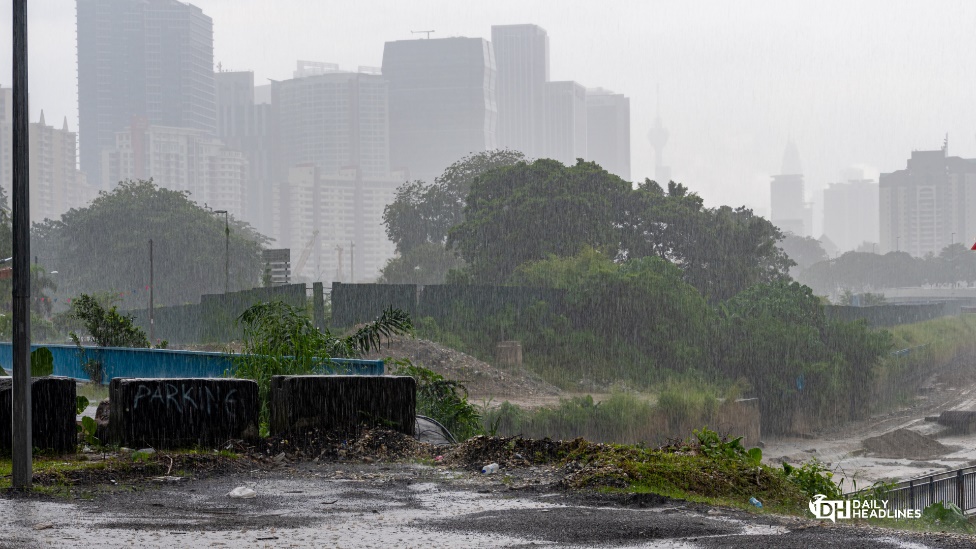The Pakistan Meteorological Department (PMD) has forecast a continued spell of heavy rainfall across large parts of Pakistan until July 18. Accompanied by intense thunderstorms, gusty winds, and heavy downpours, this monsoon activity is affecting cities across Punjab, Khyber Pakhtunkhwa (KP), Sindh, Balochistan, Kashmir, and Gilgit-Baltistan.
This extended rainfall spell is not only disrupting daily life but also raising concerns over localized flooding and traffic congestion. PMD officials have warned that the intensity may increase in some areas, urging residents to stay vigilant and follow weather updates closely.
In Punjab, cities like Islamabad, Rawalpindi, Lahore, Murree, Gujranwala, Faisalabad, and Multan have already received substantial rainfall, with Lahore’s Samanabad area recording the highest so far at 147 mm. This intense downpour has resulted in water accumulation on roads, traffic disruptions, and temporary power outages.
In Khyber Pakhtunkhwa, areas such as Swat, Malakand, and Chitral are also experiencing significant rainfall, with thunderstorms and potential landslides in vulnerable mountainous regions. The PMD has highlighted that weather systems remain active in the north until mid-July.
According to the department, between July 18 and July 20, the rainfall pattern will shift towards the southern region, particularly impacting cities like Karachi, Hyderabad, and Sukkur. These cities, often less prepared for monsoon surges, are at greater risk of urban flooding and road damage.
While the monsoon rainfall provides a welcome break from the summer heat, the intensity and persistence of the current wet spell pose serious challenges. Urban centers with poor drainage infrastructure may suffer from waterlogging, increased traffic jams, and even building damage. Rural areas may also experience flash floods, especially in low-lying zones.
Authorities are warning residents to stay inside during the hours of highest rainfall and to avoid needless travel during thunderstorms. Before making travel plans, commuters in particular are advised to consult weather forecasts.
Official Warnings and Precautions
Local administrations are expected to issue area-specific advisories to help minimize disruption. The PMD recommends that residents keep an eye on weather updates via their official website or app. People living in flood-prone areas are especially urged to remain cautious and follow any evacuation notices if issued.
Emergency response units are also on high alert, especially in Pakistan’s northern and southern cities, to handle the aftermath of the ongoing rainfall.
Relief Comes with Responsibility
As the rainfall continues to spread across Pakistan, it brings with it both relief and risk. The cool, refreshing climate is welcomed after weeks of intense heat, but it must be managed carefully to avoid accidents and disruptions. The public is strongly encouraged to stay weather-aware and prioritize safety over convenience during this extended monsoon period.







